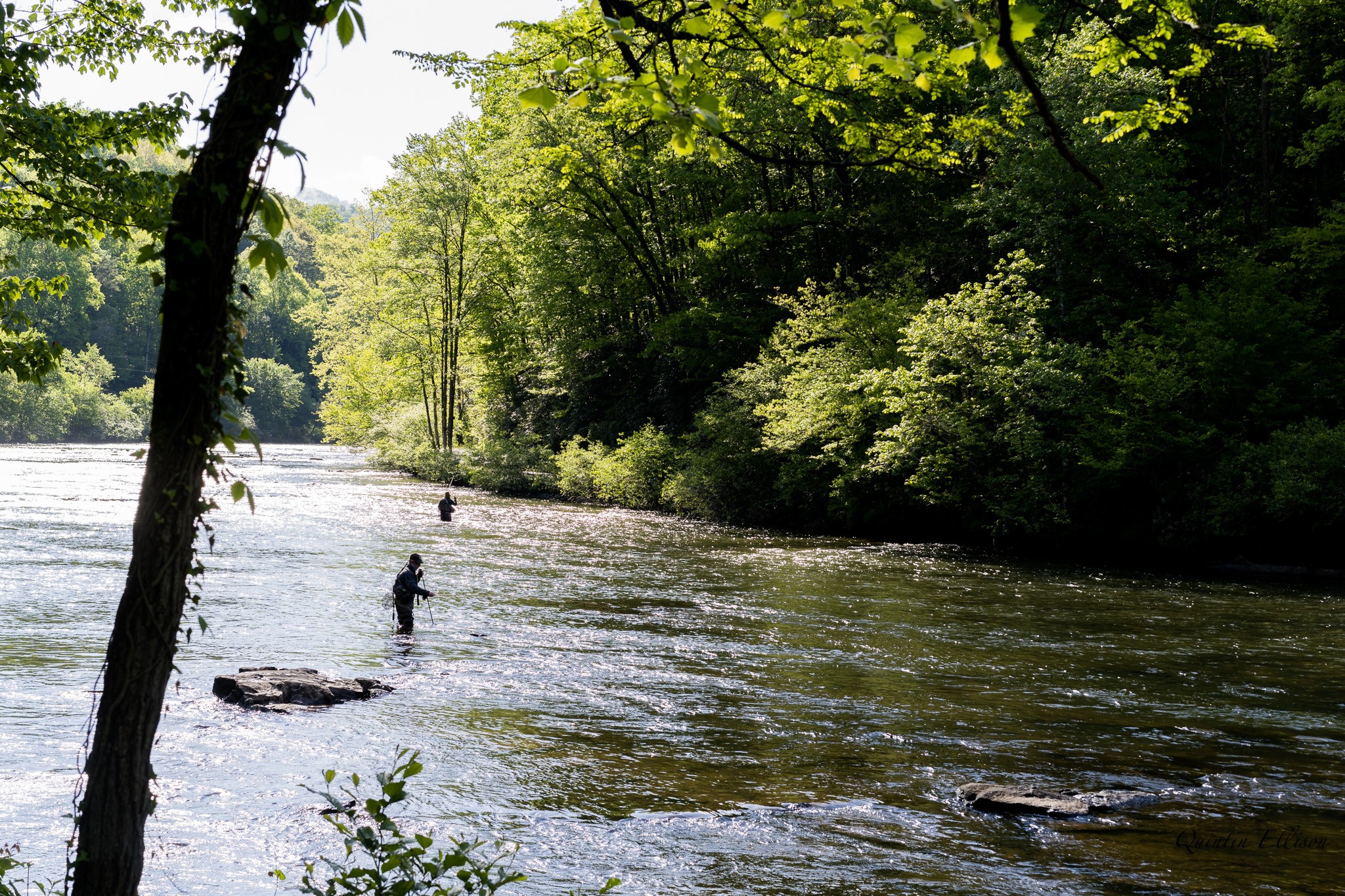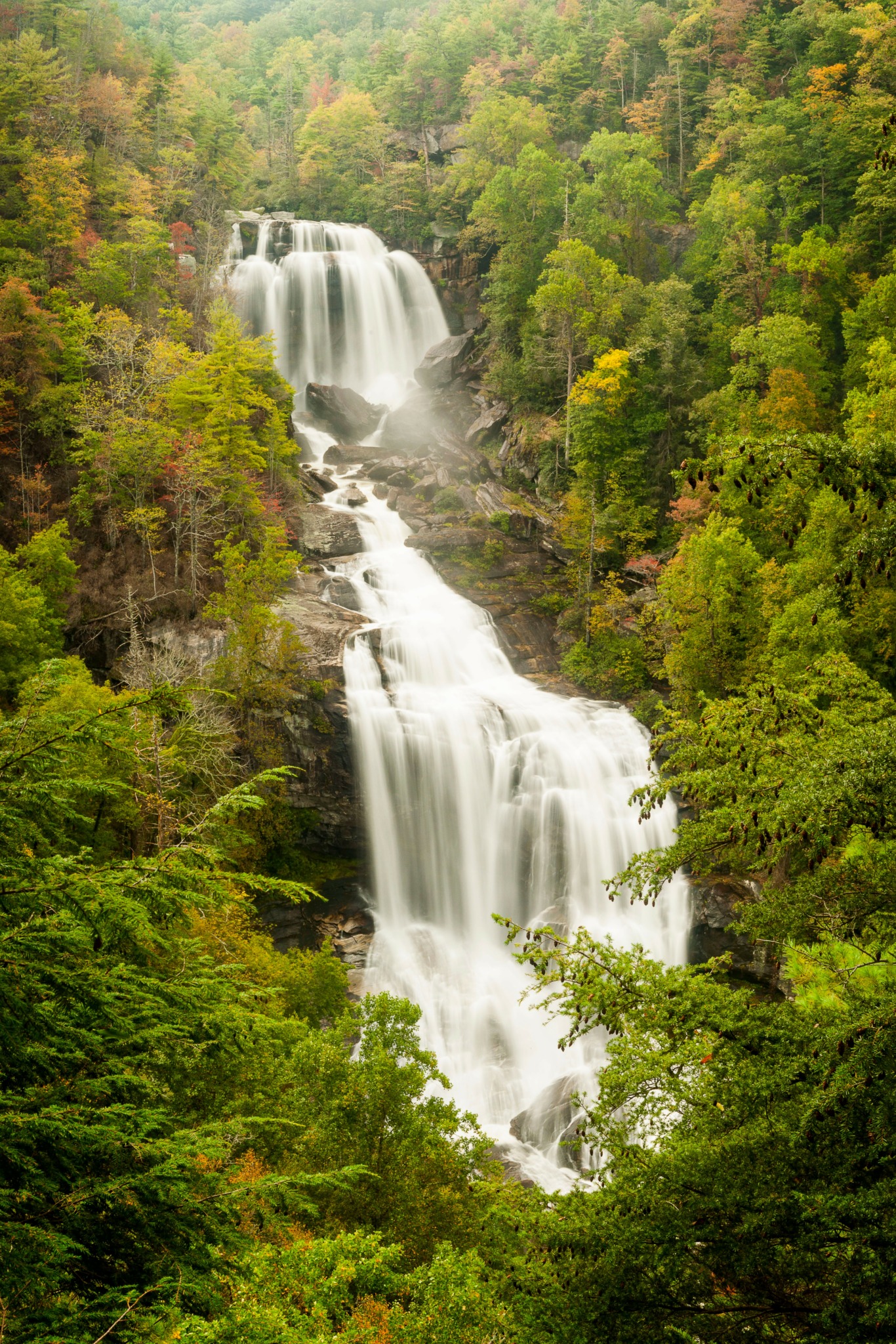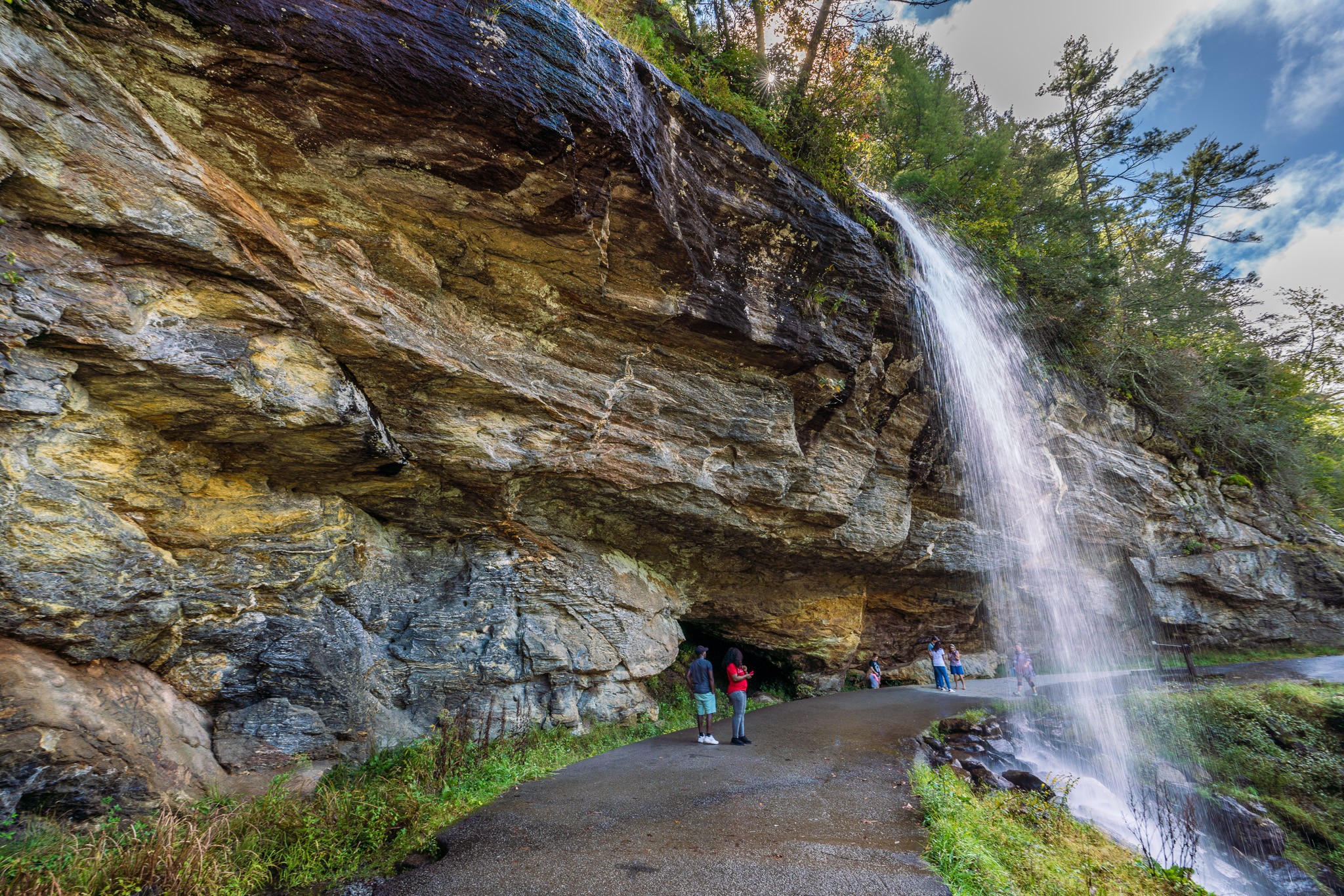We were lucky to catch up with Mici recently and have shared our conversation below.
Alright, Mici thanks for taking the time to share your stories and insights with us today. Before we get into specifics, let’s talk about success more generally. What do you think it takes to be successful?
I come from humble beginnings: a big family with hardworking parents who taught me resilience. But my journey took an unexpected turn at just 10 years old when a horseback riding accident changed everything. After being dragged down a rural road by a spooked horse, my body was battered, my head repeatedly struck the ground, and my life was forever altered. The doctors told my parents I’d recover physically—but academically, my struggle had only begun. I had to relearn how to read at 10 years old, and words became both my greatest challenge and my most important teacher.
To this day—20 years later—I still stumble over certain words. Simple ones like “bureau” or “resilience” have tripped me up more times than I can count. But here’s what I’ve learned: the words that once embarrassed me have become some of the most meaningful in my vocabulary. They’ve shaped me in ways I never expected. Each word I struggled with became a steppingstone—a reminder that falling isn’t failure; it’s an opportunity to rise stronger.
My weaknesses have consistently become the areas where I’ve grown the most. They’ve forced me to adapt, to persevere, and to find strength in places I didn’t know existed. Who would you trust for advice on diet and exercise? Someone who has never struggled with their weight—or someone who has been overweight and fought their way back through discipline and determination? The same principle applies here: success isn’t about having it easy; it’s about overcoming what’s hard.

Mici , before we move on to more of these sorts of questions, can you take some time to bring our readers up to speed on you and what you do?
What do you get when you mix her mother’s artistic, gypsy soul, her father’s gift for storytelling, and her own unyielding stubbornness? Me—Mici. My journey has been anything but linear, but every twist and turn has shaped who I am today.
At 17, I became a dental assistant. With a full-time job and enrollment in community college, I felt like a full-grown adult. By 18, I had moved out on my own, convinced I had “made it.” My plan was simple: stay on Chincoteague Island, that little gem off the eastern shore of Virginia, and live there forever. Isn’t it funny how certain we are of our futures when we’re young? What I didn’t realize then was that life had much bigger plans for me.
College bored me. The island bored me. I craved something more—something I couldn’t yet name. Enter my godparents, John and Honey Moore, owners of Gull Hummock Gourmet Market in Cape Charles. The summer of my 21st birthday, they introduced me to the art of wine. Sure, I’d tasted wine before (my Catholic grandparents saw to that), but this was different. It wasn’t just about the taste or the label—it was about the experience.
That summer, I learned to pair a Gewürztraminer with shrimp and Munster cheese and guide customers through a ritual: stop, sniff, swirl, pause. With their eyes closed, they’d take a sip and feel the warmth as they were transported somewhere else entirely. Week after week, customers returned—not just for another bottle but for another journey to share with friends. Suddenly, wine wasn’t just wine; it was a story waiting to be told.
Little did I know that every stumble over difficult words growing up—each one that embarrassed me—was preparing me for this chapter of my life. Just as those words became steppingstones in my personal growth, every glass of wine I poured became part of a bigger narrative.
I began traveling in search of my forever home. Along the way, I worked as a painting instructor, studied behavioral science as a behavioral technician, and eventually found my passion: curating adventures through destination marketing. Every skill I picked up—the creativity from teaching art classes, the analytical mindset from collecting behavioral data—came together in unexpected ways to shape my career today.
How did I get here? That’s another story entirely—one involving cowboys in Wyoming, women’s suffrage movements, and beach bums in southern Texas. If there’s one thing I’ve learned along the way, it’s this: if you don’t know what you want in life, try everything until you find it.
And find it I did—in a small mountain community where trails wind through waterfalls and every sunrise paints a new masterpiece across the sky. Here in Appalachia, where Cherokee and Tartan cultures intertwine with incredible biodiversity, I wake up each day ready to discover something new—and share it with the world.
For me, home isn’t just a place; it’s where passion awakens each morning with the sunrise. It’s where every step of my journey has led me to this moment—a place where adventure never ends: The Smoky Mountains of North Carolina.

Any fun sales or marketing stories?
Viral. That’s what you need to be seen sometimes. To go viral, you either have to be bold or lucky—or maybe a little bit of both. That’s exactly what happened in October 2024, during one of the most catastrophic natural disasters in 500 years: Hurricane Helene.
It was Friday, September 27th. My partner and I decided to stay awake all night, knowing that we were directly in the path of the storm’s eye. Helene—a name that would take on a whole new meaning for me. By 3 a.m., cell service disappeared. The rain was steady but didn’t sound ominous, so I dozed off around 5 a.m. By 8 a.m., we were sitting on our neighbor’s front porch, watching the Cullasaja River in Franklin rise rapidly. “If it goes past the post, we have to leave,” I said, knowing it had already risen 18 feet from the day before. The only thing keeping us safe was an aging dam in Highlands.
Then another neighbor—visiting from Florida—casually remarked, “The river is forking.” We followed him to see what he meant and found water creeping up another 2.5 feet breeching the steps to our house. By the time we evacuated, we were wading through 3.5 feet of muddy water, soaking wet and terrified. Driving into town, we were stunned to see people going about their day—getting their nails done at the busy salon and heading to work—as if nothing was wrong.
But this was just my micro perspective of a much larger disaster unfolding across Western North Carolina (WNC). Franklin wasn’t hit the hardest—not even close. Helene’s devastation mirrored the mountain terrain itself: valleys and peaks of destruction scattered across the region.
So what does this have to do with marketing? Everything.
I work for Visit Smokies, an organization that markets businesses in the seven westernmost counties of North Carolina—out of 27 counties that make up Western North Carolina (WNC). When Governor Roy Cooper declared “WNC is closed,” it set off a ripple effect that would take months, if not years, to recover from. Communication during chaos is everything. My own parents couldn’t reach me during the storm; my mother was more worried about flooding at the Biltmore Estate than my safety, rightfully so. But messaging during this time wasn’t just personal—it was critical for survival. Through word of mouth we heard more and more details of our new reality.
While Asheville faced devastating flooding and destruction, other counties like Graham, Macon, Clay, Cherokee, and Swain were not as severely impacted. Businesses in these areas reopened within 2-10 days after the storm—but by then, their stores were empty, their sales nonexistent. October is typically their busiest month—the one that keeps mom-and-pop shops afloat through the slow winter season—but cancellations ranged from 50% to nearly 99%. Social media amplified the problem with posts declaring: “WNC is a disaster; don’t go there.”
I traveled across these counties to check on businesses firsthand. Time and again, I heard the same refrain: “We’re open!” Some could only accept cash due to limited internet connectivity, but they were desperate to salvage what was left of their season. Helene’s wrath wasn’t just physical—it was suffocating economically.
On October 8th, we launched a bold campaign: a donated (Allision Outdoor Advertising) billboard near Clayton, Georgia read: “Visitors Needed: Franklin, Bryson City, Highlands, Sylva, Hayesville, Murphy, Robbinsville.” These towns reported minimal damage but were suffering from mass cancellations and misinformation. I snapped a photo of the billboard and shared it on social media—and within days, it went viral.
But as I worked tirelessly to promote tourism during this crisis, guilt weighed heavily on me. A friend managing a recovery resupply center reminded me how dire things were elsewhere: “It’s not baby diapers and formula here—it’s chainsaws and body bags,” she said. Her words cut deep. Here I was promoting tourism while nearby counties searched for bodies among the wreckage.
“I can’t do this,” I told her. “I can’t promote tourism right now.” But her response changed my perspective forever: “You need to,” she said firmly. “The volunteers here—the ones helping with recovery? They’re business owners or employees—people who can afford to be here because visitors support them.”
In that moment, I realized something profound: my community is strong—strong enough to pour out its energy into helping neighbors recover—but it cannot pour from an empty cup.
The next day, my post about the billboard had gone viral with over 2.5k shares on my page alone—and another user’s repost had reached 30k shares and millions of views already. It caught attention from NPR, The Washington Post, and Southern Living. The message spread far and wide: some parts of WNC were okay—and safe.
While this billboard didn’t bear Visit Smokies branding directly, it embodied everything our organization stands for: supporting local businesses and preserving what makes this region authentic and special. It worked because we were bold—and yes—a little lucky.
Helene taught me that marketing isn’t just about selling; it’s about storytelling during times of crisis. It’s about lifting up communities when they need it most—and helping them rebuild stronger than ever.

How’d you build such a strong reputation within your market?
Building a strong reputation within my market has been rooted in active involvement and genuine relationship-building. I made it a priority to attend every meeting, event, or gathering relevant to my industry. By showing up consistently, I demonstrated my commitment to understanding the market and staying informed about its evolving needs. This visibility not only helped me stay connected but also allowed stakeholders to recognize me as an engaged and reliable presence. Beyond just attending, I focused on listening—truly understanding what matters most to the stakeholders in my market, from their challenges to their goals. This approach allowed me to align my efforts with their needs and build trust.
Equally important was building authentic relationships. I prioritized getting to know stakeholders on a personal level while also sharing the mission of my business or organization in a way that resonated with them. By being approachable, transparent, and consistent in my communication, I created connections based on mutual respect and collaboration. At the same time, I focused on adding value—whether by offering insights, supporting others during challenges, or collaborating on projects that benefited the community. People remember those who contribute meaningfully, and this mindset helped me establish credibility over time.
Finally, consistency and follow-through were key to solidifying my reputation. Showing up is important, but delivering on promises is what truly builds trust. I made sure to follow through on commitments and create tangible results that aligned with the needs of the market. By combining active engagement, authentic connection, and dependable action, I’ve been able to build a reputation as someone who not only cares about the success of my community but also actively contributes to it.
Contact Info:
- Website: https://VisitSmokeis.org
- Instagram: https://Instagram.com/visitsmokies
- Facebook: facebook,com/visitsmokies
- Linkedin: https://linkedin.com/in/mici-canales



Image Credits
Visit Smokies


